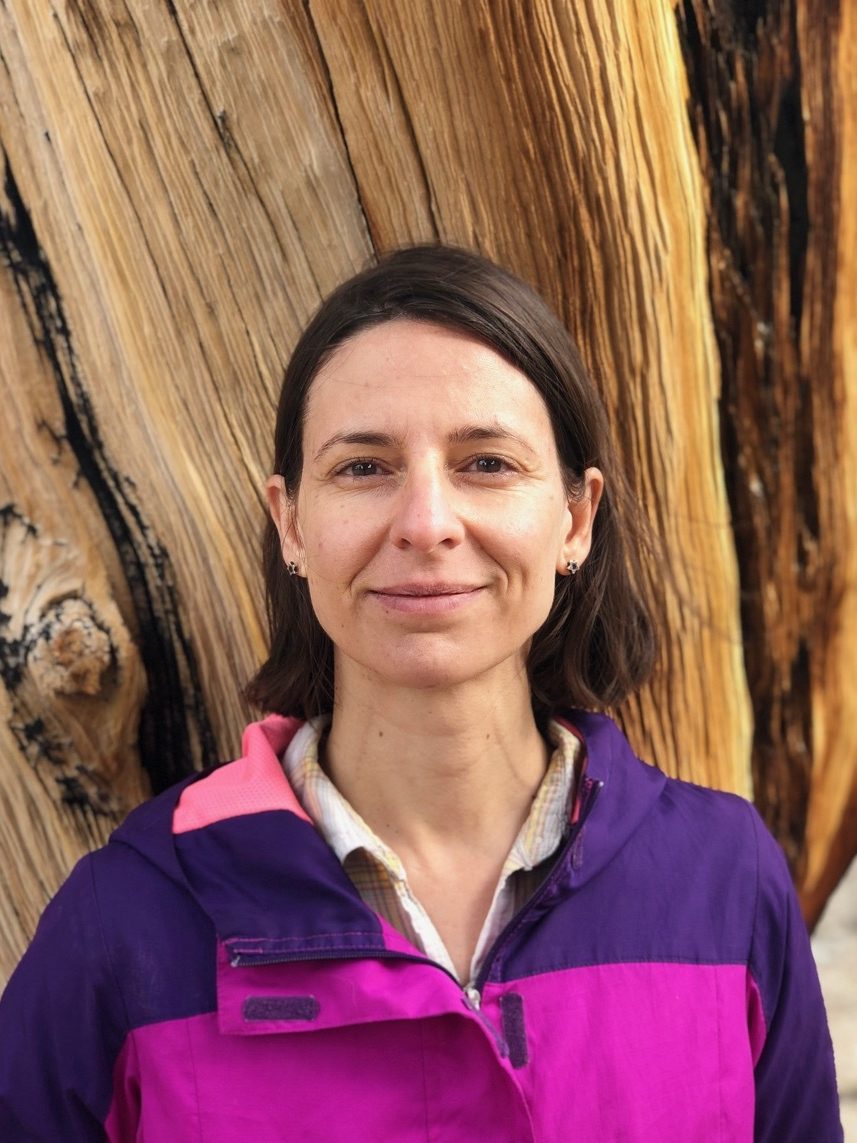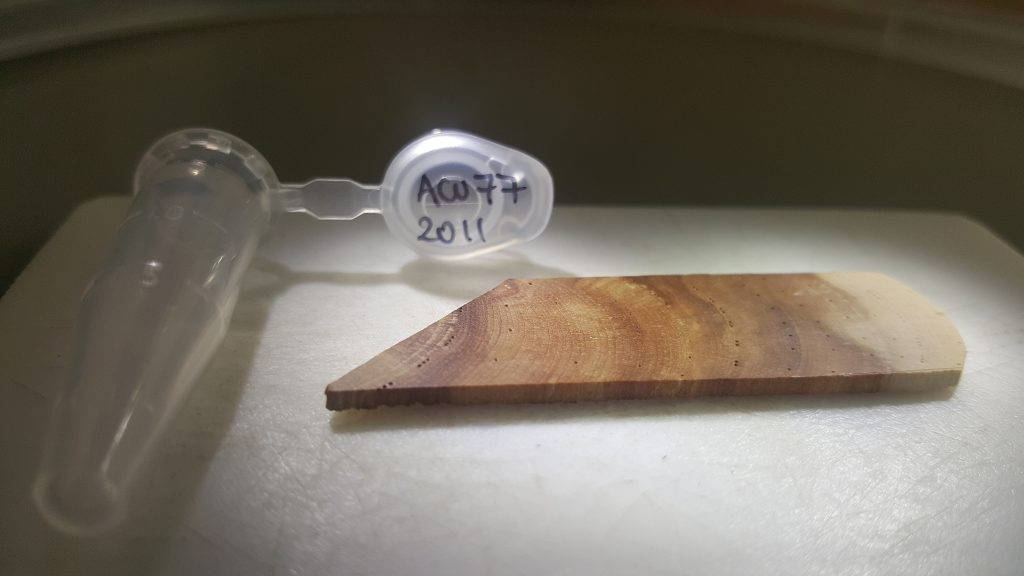Science deciphers 300 years of climate history hidden in the rings of five centuries-old trees
The history of Earth’s climate is written in tree rings, coral and glaciers; the challenge is deciphering their language. But that is just what a study published today in the Nature Portfolio journal Communications Earth & Environment has achieved. By reading the rings of five centuries-old trees, the study’s authors have reconstructed the precipitation that fell on the Andes Mountains in South America between the years 1700 and 2013. To do so, they used a cutting-edge technique that measures two stable isotopes of oxygen, namely oxygen-18 (or ‘heavy’ oxygen) and oxygen-16 (or ‘light’ oxygen). Those isotopes leave an imprint on trees’ wood and their ratio reveals the precipitation cycle experienced over the years. Specifically, according to the researchers’ data, conditions in the region studied, which encompasses parts of Bolivia, Peru, northern Chile and northwestern Argentina, have ranged from isolated droughts to periods of abundant rainfall. The data also reflects phenomena that influence precipitation and temperatures worldwide, such as El Niño cycles and other cyclical weather events that occur every 10 to 12 years and are caused by changes in the Pacific Ocean’s surface temperature. The team say that the results of their research are very useful for complementing reconstructions based on growth-ring width carried out in the same area, for better understanding the natural variability of precipitation on the scale of centuries, and for projecting future scenarios.

"With the classic instruments that have been in use since the 1980s, we can find out about rainfall events from 30 to 40 years ago. But this data, which spans more than 300 years, helps us understand cycles that occur at intervals of quite a few years — 10, 20 or 30 years — and affect local, regional and even global precipitation".
MILAGROS RODRÍGUEZ, the study’s lead author and a former visiting researcher at CREAF, who was based at Columbia University (New York, USA) when the study was carried out and is now a CONICET researcher in Argentina.
The data for the study was obtained from five centuries-old Polylepis tarapacana trees, a unique species that grows at altitudes of over 4,000 metres. The five specimens in question are located on the Uturuncu volcano in Bolivia and are between 500 and 700 years old. The secret to determining the pattern of past precipitation lies in the trees’ growth rings and, more precisely, in the ratio of oxygen-18 to oxygen-16. Those molecules are present in rainwater. When a tree’s roots absorb rainwater, the molecules are incorporated into its tissues, including the growth rings in its wood. The ratio shows whether there has been more or less rain.

"This method is tremendously sensitive, for example, it enables us to look at how much it rained in this region in 1900, as well as to study phenomena such as El Niño or identify other events that occur approximately every decade".
LAIA ANDREU-HAYLES, an ICREA research professor who was a principal investigator at Columbia University when the study began.
This is the first time this technique has been used to conduct a precipitation reconstruction in the area, and it has proven to be highly effective, as it was only necessary to include five trees in the study. “Other research has established past climate conditions based on growth-ring width, but you need more trees to draw conclusions,” remarks Andreu-Hayles.

Nature’s shared climate memory
“That finding is great news, because we will be able to generate far more extensive and rigorous reconstructions of past climate conditions,” concludes Rodríguez.
One surprising finding of the research was that the data gleaned from the trees’ growth rings corroborates that obtained in previous studies carried out on ice cores (samples taken from glaciers) from the southern tropical Andes and on tropical Pacific coral, which also store oxygen-16 and oxygen-18 molecules in their physical ‘memory’. More specifically, they all reflect meteorological phenomena that occur roughly every decade. This means that the precipitation pattern can change in various places when the temperature of the sea surface rises.
The study was undertaken by institutions from a number of countries: Columbia University, the State University of New York at Albany, and the University of California, Davis (all USA); CREAF and ICREA (both Spain); IANIGLA-CONICET (Argentina); the Universidad Continental (Peru); the Universidad Austral de Chile, the Center for Climate and Resilience Research, and the Cape Horn International Center (all Chile); and the CEA/CNRS/UVSQ/IPSL (France).
Referenced article: Rodriguez-Caton, M., Morales, M.S., Rao, M.P. et al. A 300-year tree-ring δ18O-based precipitation reconstruction for the South American Altiplano highlights decadal hydroclimate teleconnections. Commun Earth Environ 5, 269 (2024). https://doi.org/10.1038/s43247-024-01385-9







